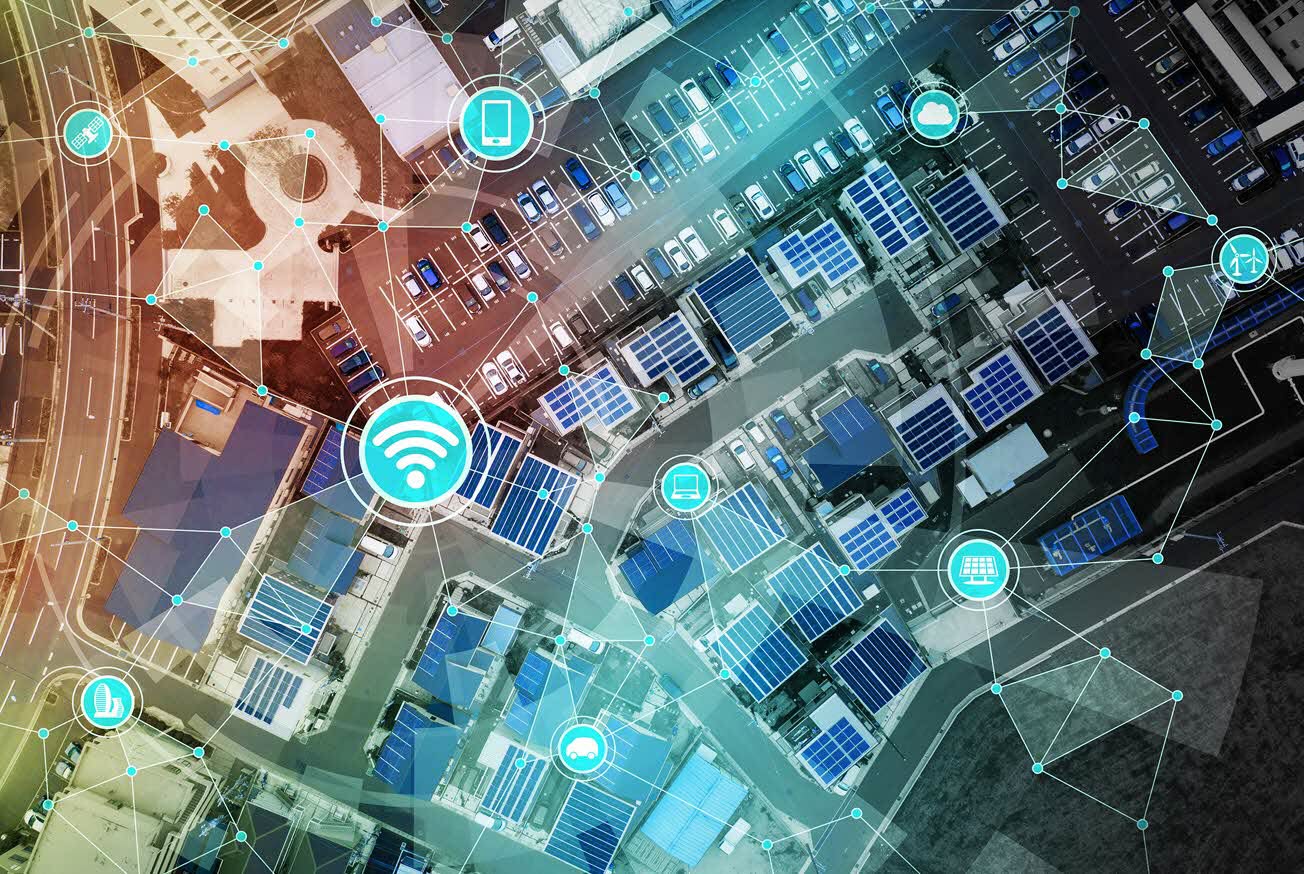Census Bureau Teams Up With Tech Giants to Connect With Millennials and Other Hard-to-Count Populations
“Alexa, when does the 2020 Census begin?”
“Hey Siri, do I need to complete the 2020 Census?”
Welcome to the 2020 Census, the first to offer everyone the opportunity to respond online.
Millions are using voice-based commands to request and receive information on a daily basis. That’s a great opportunity for the Census Bureau to reach audiences and households throughout the United States.

New uses of technology are transforming the way the U.S. Census Bureau will attempt to count every person in the United States once, only once, and in the right place.
It’s a long way from the last decennial census in 2010, when all the questionnaires were on paper and an iPhone 4, early Samsung or HTC cellphone were considered state of the art. Now there is a broad array of social media platforms and chatbot technology, plus millions more homes now have consistent access to the internet.
The Census Bureau is leveraging cutting-edge solutions and practices that will expand outreach and awareness campaigns.
Using tech innovations helps the Census Bureau reach and connect with traditionally hard-to-count populations, which include tech-savvy young and mobile millennials.
Chatbot Technology and Digital Assistants
Millions are using voice-based commands to request and receive information on a daily basis. That’s a great opportunity for the Census Bureau to reach audiences and households throughout the United States.
To take advantage of this technology, the Census Bureau is collaborating with digital “smart” assistant market leaders to provide awareness information via these digital assistants.
So what will that be like? Try this:
“Alexa, are my census responses confidential?”
Alexa: “Any and all information that you provide in answer to a Census Bureau survey is strictly confidential.”
“Hey Siri, is my data for the 2020 Census secure?”
Siri: “The Census Bureau has strong protection for the information it collects from individuals and businesses under Title 13.”
The Census Bureau will provide the answers that come from these leading “smart” products — helping people get the information based on how we get and consume information today.
Voice assistants will be used only for one-way communication with respondents.
Social Media
By harnessing the capabilities of social media platforms such as Facebook, Twitter, YouTube and Instagram, the Census Bureau is able to connect and share its message with households across the country and hard-to-reach populations that are likely to be active on social media.
By using social media aggregation capabilities, the Census Bureau can address questions and comments about the census and provide direct answers and responses to help them complete the 2020 Census questionnaire accurately.
In addition, this technology enables the Census Bureau to identify and respond to misinformation swiftly before it spreads.
Cyberattack Defense
The Census Bureau is partnering with Microsoft to leverage leading practices from their Defending Democracy Program.
Microsoft has been working to protect campaigns from hacking through enhanced monitoring and increased cybersecurity measures, as well as partnering with federal, state and local officials to quickly identify and disarm cyberthreats.
Cybersecurity is one of the top priorities of the Census Bureau, which has designed, developed and tested its systems to contain cybersecurity threats. Its program meets the latest, highest standards for protecting respondent information.
From the moment data is collected, the goal – and the Census Bureau’s legal obligation – is to keep them safe. Once respondent information reaches Census Bureau systems, it is encrypted and protected. Respondents are also encouraged to protect themselves and their information online.
Census Bureau teams are trained and ready to respond to cyberthreats immediately.
Optimizing Search Engine Results
Partnering with search engines helps ensure that users who search for 2020 Census information get that information quickly and accurately.
For example, if someone searches the start date of the 2020 Census, links with the correct answers would be highlighted at the top of the search engine or advertised on the screen, while fake websites and misinformation are pushed to the bottom of the search list.
Deterring Spam
In 2020, people will be able to fill out the 2020 Census questionnaire at home or on the go. The digital census is supported in 13 languages and can be accessed from almost any computer or mobile device with an internet connection in the United States.
To protect the integrity of the online census, the Census Bureau is using Google’s reCAPTCHA service to protect access to the online questionnaire from spam, bots and other cyberattack attempts.
Why Census Bureau and Tech Are Compatible
Partnerships with big tech companies are enabling the Census Bureau to take advantage of innovative technologies that facilitate awareness, response and security in today’s mobile, digital world.
These collaborations are providing not only a better customer experience but are also giving the U.S. population the tools and knowledge they need to complete the 2020 Census successfully.
These efforts, combined with initiatives that make new uses of technology for self-response, capture address data, enhance dynamic analytics capabilities, and empower the Census Bureau to anticipate tech disruptions, embrace innovation, and own its digital future.
Zack Schwartz is the deputy division chief of the Census Bureau’s Center for New Media & Promotion.






